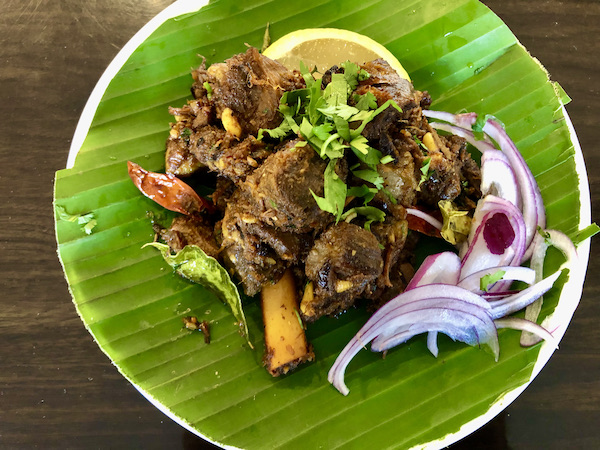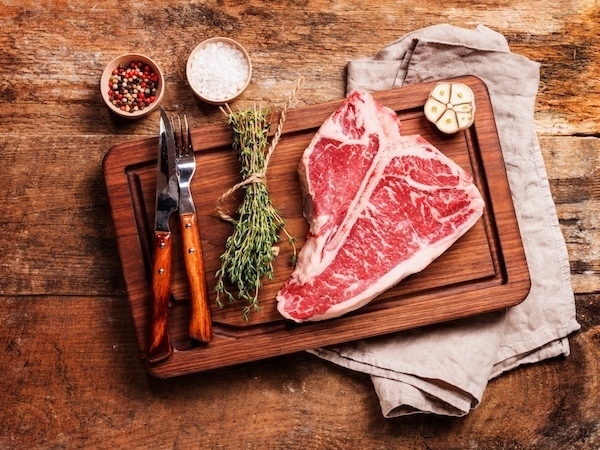(Gerry Furth-Sides) With everyone turning every which way to be healthier these days (vegan, non-GMO and raw), it was just a matter of time before healthy eaters turn to Halal. And, like it’s close relative, Kosher, it definitely implies and means eating meats, foul and poultry on a certification list that you can trust to be clean, and that are slaughtered in a humane way. You can expect a lot more restaurant tauting this feature in the coming year.
Like “kosher,” too, the term is often misunderstood. It is not an ethnic food, it is not a style and it does not refer to a style of cooking.
Lawful halal animals include cattle, sheep, goats, camels, deer, antelope and rabbit. Although not banned, it is considered offensive to eat horse, mule or donkey. It is not permitted to eat the meat of any animal with canine teeth, fangs or tusks. Followers of Islam can consume any sea creature that has scales.
Kosher is acceptable to halal other than , but halal is not acceptable kosher because kosher laws are stricter.
Halal is an Arabic word that means “permissible.” Halal food is that which adheres to Islamic law, as defined in the Koran. Halal foods meet Islamic dietary guidelines and are allowed for consumption.
In culinary terms, it means food that is permissible according to Islamic law. For a meat to be certified “halal,” it cannot be a forbidden cut, such as meat from hindquarters) or of certain animals not considered clean, such as pork.
Halal meat is reared—and slaughtered—differently from conventional meat. Muslims who eat Halal do not consume the fresh blood of animals. So once an animal is killed, its blood must drain completely. The Islamic form of slaughtering animals or poultry, dhabiha, involves killing through a cut to the jugular vein, carotid artery and windpipe.
Animals must be alive and healthy at the time of slaughter and all blood is drained from the carcass. During the process, a Muslim will recite a dedication. This is known as tasmiya or shahada.
There is debate about elements of halal, such as whether stunning is allowed. Stunning cannot be used to kill an animal, according to the Halal Food Authority (HFA), a non-profit organisation that monitors adherence to halal principles. But it can be used if the animal survives and is then killed by halal methods. The debate rages in the UK and Greece continually.
If slaughtered/harvested properly, beef, lamb, goat, venison, bison, chicken, turkey, fish and shellfish can be halal meats. Pork and alcohol are considered haram (forbidden).
Kosher food complies with Jewish dietary law, known as kashrut, which governs what can and cannot be eaten by practitioners. Both methods require use of a surgically sharp knife and specially-trained slaughtermen. Jewish law strictly forbids the use of stunning and meats are not blessed after an initial blessing.
Both Kashrut forbid the consumption of certain parts of the carcass,






 Gerry Furth-Sides
Gerry Furth-Sides  Barbara Hansen
Barbara Hansen  Chef-owner Alain Cohen
Chef-owner Alain Cohen  Roberta Deen
Roberta Deen  Jose Martinez
Jose Martinez  Nivedita Basu
Nivedita Basu